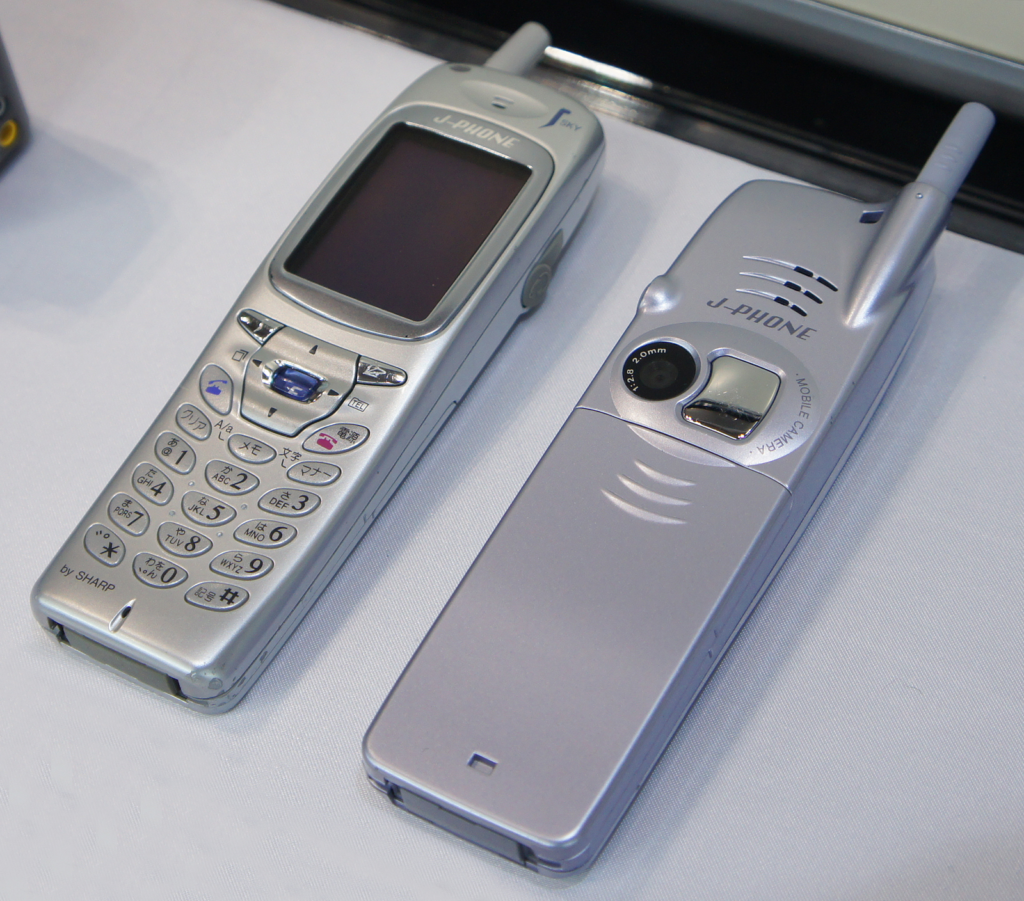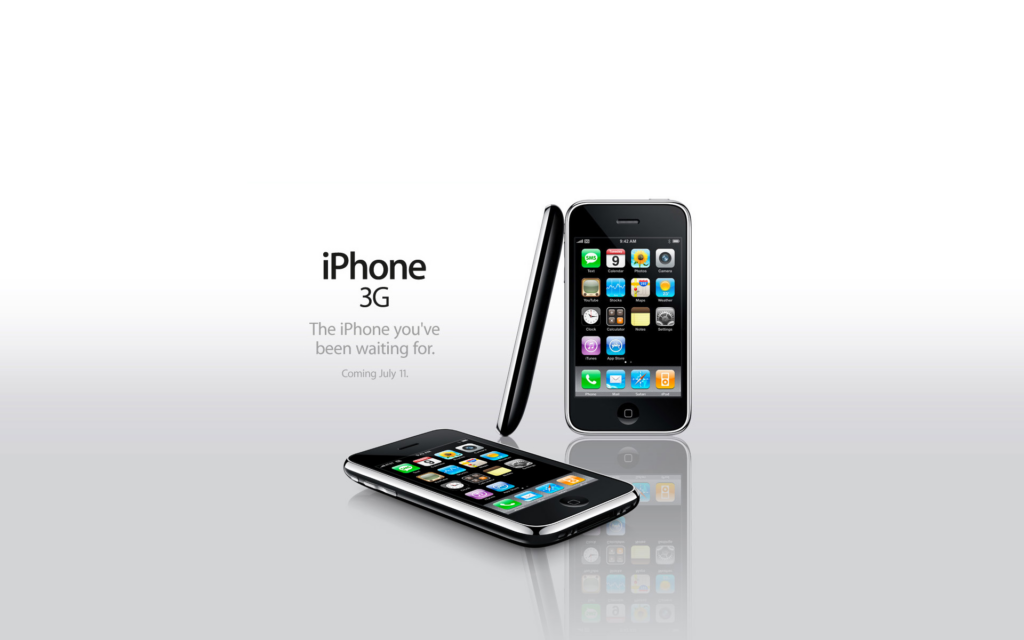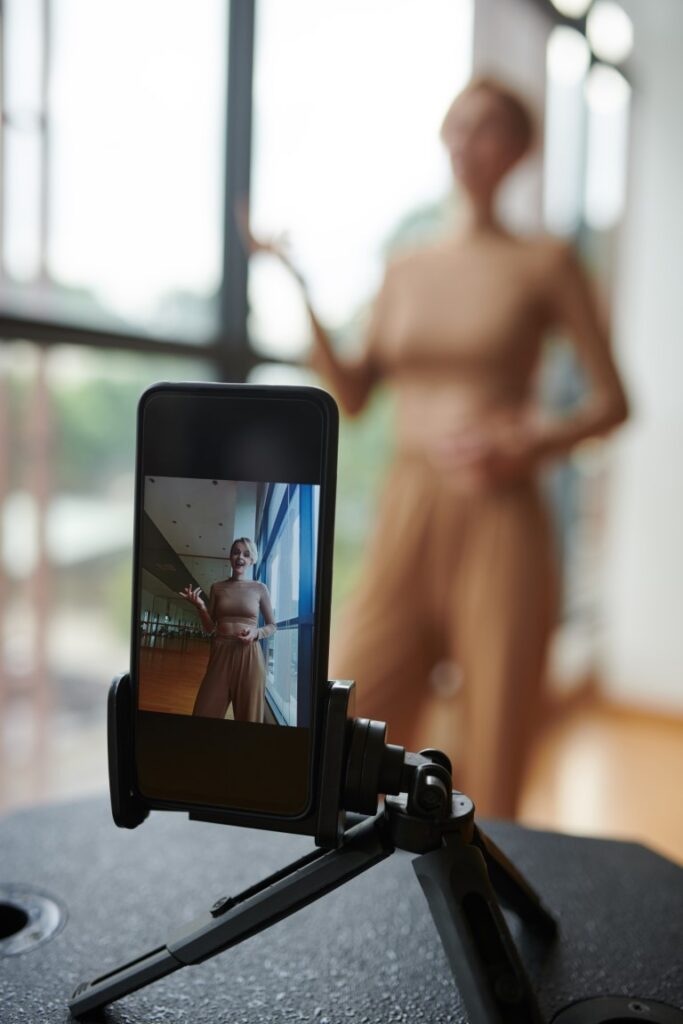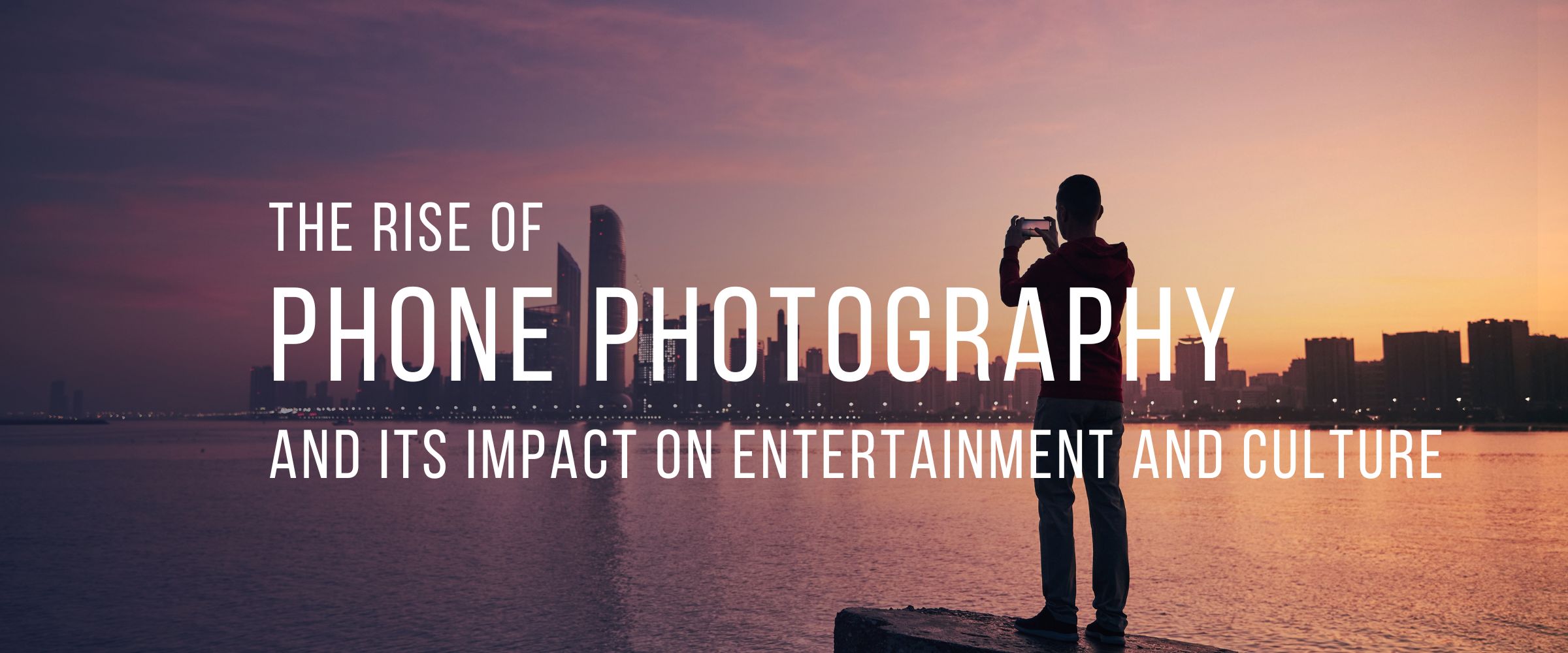Welcome to the fascinating world of mobile photography, where a tiny device in your pocket has the power to capture stunning visuals that can captivate, entertain, and even influence entire cultures! With the rise of smartphones and their increasingly advanced camera capabilities, mobile photography has taken the world by storm, reshaping the way we consume media and transforming the landscape of entertainment culture.
From jaw-dropping selfies to viral TikTok dances to awe-inspiring travel photos, the impact of mobile photography on entertainment culture has been nothing short of revolutionary. In this blog, we’ll explore the evolution of mobile photography, delve into its profound influence on the entertainment industry, and even ponder some of the challenges and ethical considerations that arise in this brave new world.
The Evolution of Mobile Photography

J-SH04 by Sharp, Courtesy – Wikipedia
Mobile photography has come a long way since the first camera phone was introduced in 2000. The first camera phone, the J-SH04, was released by Japanese tech company Sharp and featured a 0.1-megapixel camera. It wasn’t until the release of the iPhone 3G in 2008 that mobile photography began to gain mainstream popularity. The iPhone 3G featured a 2-megapixel camera, and subsequent models continued to improve camera quality and add new features such as flash, HDR, and panoramic mode.

Courtesy – 4K Wallpapers
Today, mobile photography has evolved into a sophisticated art form, with smartphones featuring cameras that rival professional-grade equipment. Mobile photographers now have access to features such as portrait mode, night mode, and telephoto lenses, allowing them to capture stunning images in a variety of settings. Additionally, mobile photography has become more accessible, with people around the world using their smartphones to document their daily lives and share their experiences on social media.
Mobile photography has not only changed the way we capture and share images, but it has also opened new opportunities for creativity and self-expression. For example, mobile photographers are using their smartphones to capture stunning landscapes, unique portraits, and abstract compositions. Mobile photography has also been used for social justice and advocacy, with activists using their smartphones to document protests, human rights abuses, and other important events. Finally, mobile photography has also given rise to a new generation of influencers, who have built massive followings on platforms such as Instagram and TikTok by sharing visually stunning images and videos.
The Impact of Mobile Photography on Entertainment and Culture
Mobile photography has had a profound impact on the way we consume media, with social media platforms such as Instagram, Snapchat, and TikTok becoming dominant channels for visual storytelling. Thanks to the ease and accessibility of mobile photography, users can now document and share their experiences in real-time, creating a more authentic and immersive viewing experience for their audiences. Additionally, mobile photography has helped to blur the lines between amateur and professional content, with user-generated content now playing a significant role in shaping cultural narratives.
One of the most significant impacts of mobile photography on entertainment culture has been the rise of social media influencers. These individuals have built massive followings on platforms such as Instagram and TikTok by sharing images and videos that resonate with their audiences. As a result, they have become powerful voices in the entertainment industry, shaping trends and influencing consumer behavior. Brands are now partnering with influencers to promote their products and services, recognizing the value of their reach and influence.

Another key impact of mobile photography on entertainment culture has been the democratization of photography. With smartphones, anyone can now take and share compelling images, regardless of their technical expertise or access to expensive equipment. This has opened new opportunities for creative expression, allowing a wider range of voices to be heard in the entertainment industry. Additionally, the accessibility of mobile photography has made it easier for underrepresented groups to tell their stories and challenge traditional power structures, leading to a more diverse and inclusive entertainment landscape.
Challenges and Ethical Considerations
As mobile photography has become more widespread, concerns have arisen about its potential negative impact on privacy and consent. With the ability to capture and share images so easily, there is a risk that people may inadvertently or deliberately violate the privacy of others. There needs to be more conversations around consent when taking and sharing images of people, particularly in sensitive or vulnerable situations. As such, it is important for mobile photographers to be mindful of these issues and to take steps to protect the privacy and rights of those they are photographing.
Another ethical consideration when it comes to mobile photography is the impact of filters and editing on body image and self-esteem. The prevalence of filters and editing tools on social media platforms has led to concerns that they may be contributing to unrealistic beauty standards and damaging people’s self-esteem. This is particularly true for young people, who may be more susceptible to the pressure to conform to idealized standards of beauty. As such, it is important for mobile photographers to be mindful of the impact that their images may have on their audience and to use or admit to the use of filters and editing tools responsibly.

Beauty Standards, Courtesy – refinery29.com
Photographers need to be mindful of the impact of their images on others, seeking informed consent when necessary, and avoiding behavior that may be invasive or disrespectful. It also means using filters and editing tools responsibly and transparently and being aware of the potential impact of their images on the self-esteem and well-being of their audience. Mobile photography is here to stay, we need to find ways to get the best out of it, and ourselves.





